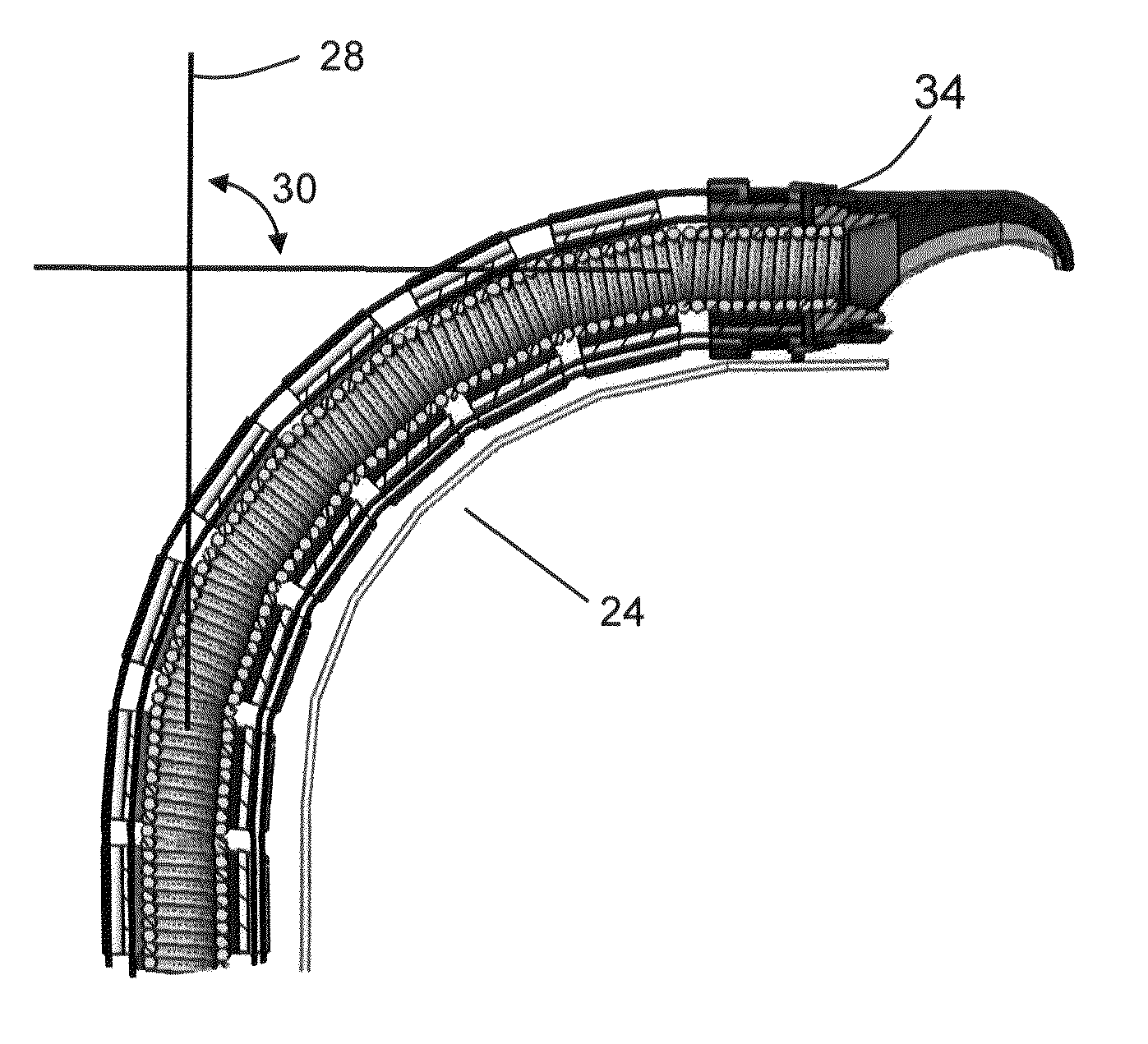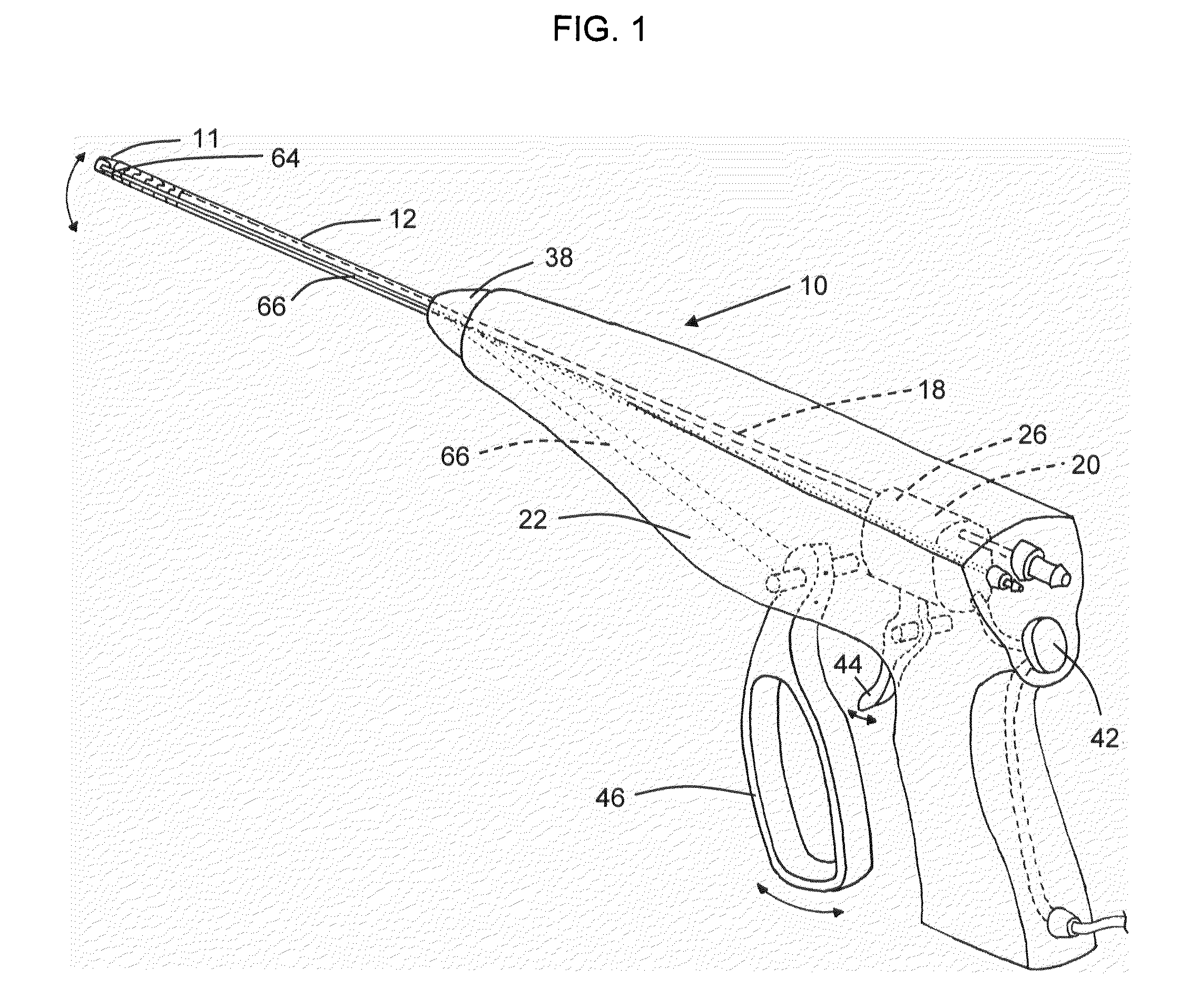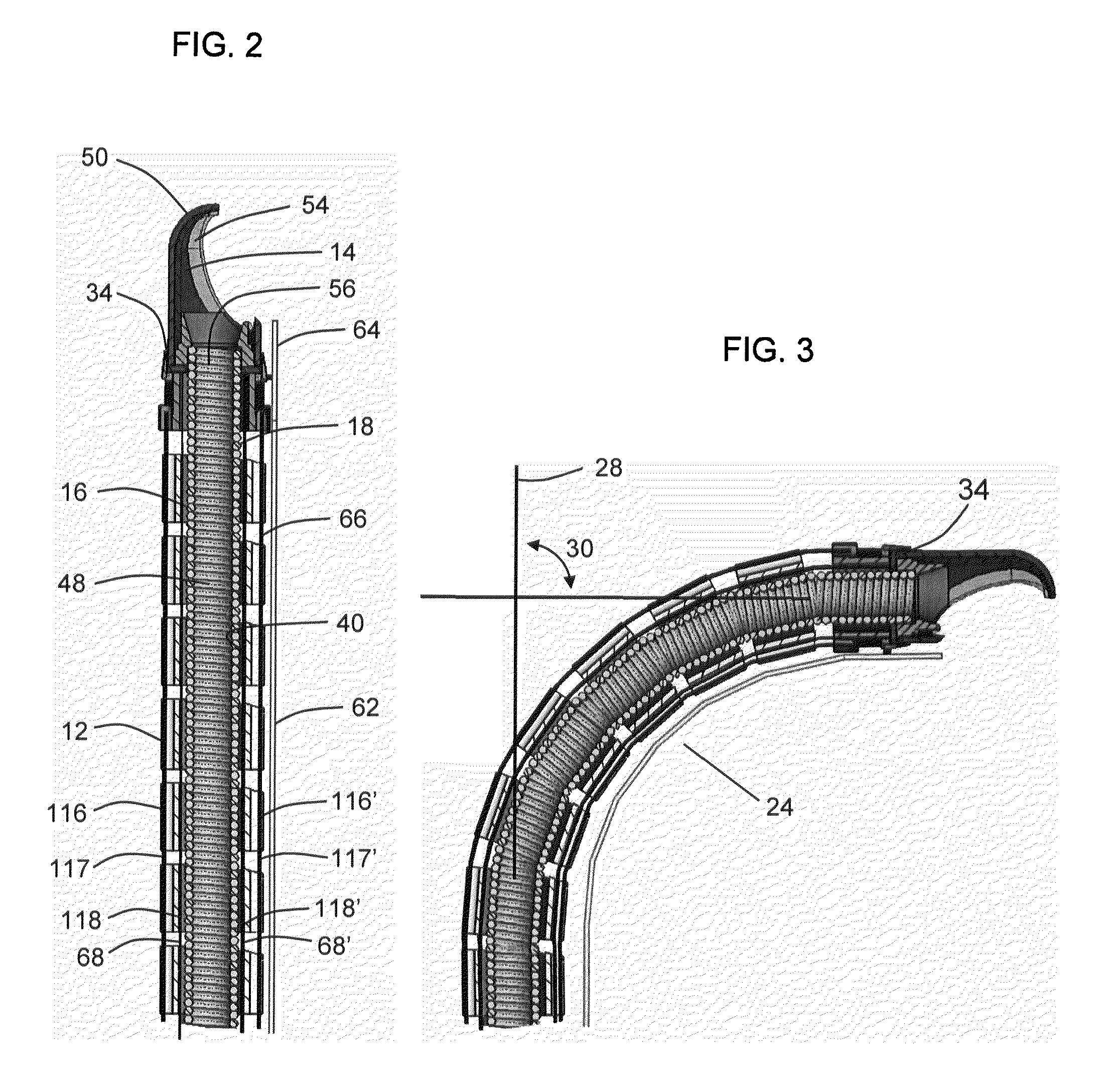In general, DDD is characterized by a weakening of the annulus and permanent changes in the
nucleus, and may be caused by extreme stresses on the spine, poor tone of the surrounding muscles,
poor nutrition, smoking, or other factors.
As the nucleus dehydrates it loses pressure, resulting in a loss of
disc height and a loss in the stability of that segment of the spine.
The loss of
disc height can also result in
leg pain by reducing the size of the opening for the
nerve root through the bony structures of the spine.
As the disc loses height, the
layers of the annulus can begin to separate, irritating the nerves in the annulus and resulting in
back pain.
Surgical treatment for early stage
disease that involves primarily
leg pain as a result of a herniated disc is currently limited to a simple
discectomy, where a small portion of the disc nucleus is removed to reduce pressure on the
nerve root, the cause of the leg pain.
While this procedure is usually immediately successful, it offers no means to prevent further degeneration, and a subsequent herniation requiring
surgery will occur in about 15% of these patients.
It has been well-established that any nucleus material remaining in the
disc space following the
fusion surgery will likely interfere with the fusion process by acting both as a mechanical and biological barrier to
bone growth.
Current PDR devices have a known complication of excessive device movement, however, and can move back out the annulus at the site of implantation.
There is mounting evidence that the nucleus material left in the disc cavity, even after an exhaustive
removal procedure, can push against even a well-positioned PDR and be the cause of many of the device extrusions.
As with fusion procedures, any remaining nucleus will likely have a negative
impact on the process of bony in-growth of the device and may lead to an increased incidence of device movement.
This limitation of movement serves to limit the amount of nucleus material that can be removed.
More importantly, the limitation on movement may not allow adequate removal of material contralateral to the annular access, preventing optimal position for a PDR and inhibiting
bone growth for a fusion procedure.
Further, the use of a rongeur or
curette requires constant
insertion and removal to clean the nucleus material from the tip of the device, resulting in dozens of
insertion / removal steps to remove an adequate amount of material from the nucleus.
This can increase the trauma to the surrounding annulus tissue and increase the risk of damaging the endplates.
An additional significant limitation of both the rongeur and
curette is the ability to easily remove the important annular tissue.
In this respect, a surgeon's “feel” for the tissue, or ability to distinguish softer nucleus tissue from tougher annulus tissue, may not be well developed and PDR site preparation may result in significant trauma to the annulus.
Damaging these tissues can result in
paralysis and death, and the risk of these complications is recognized as inherent in
spine surgery.
Rongeurs and curettes used to remove the nucleus have the capability to easily remove the
cartilage, resulting in a potential for unwanted damage of the
cartilage and subsequent growth of bone throughout the disc and vertebral fusion in a procedure where the intent is to maintain disc motion.
A range of more sophisticated devices for removing nucleus has been developed, however, the adoption of these devices has been very limited.
Because of their stiffness, although the devices may be somewhat effective for a lateral or anterior
surgical approach for PDR implantation, they are generally not
usable for nucleus removal utilizing a
posterior approach and their small size prevents efficient removal of nucleus material from the entire disc cavity.
While less complicated to use than the previously discussed guillotine type
assembly, the devices utilizing the Archimedes type screw typically have the similar maneuverability and bulk tissue removal disadvantages.
Among other disadvantages, such systems are expensive.
Further, the tip of the instrument can be bent only slightly since its design relies heavily on the use of a stiff
metal tube to withstand the
high pressure of the water
stream, such that its lateral reach when used via the
posterior approach is still very limited.
Further, since the water
stream is very narrow, successful nucleus removal can be technique dependent and
time consuming.
These devices are typically stiff and have little lateral reach when used making them relatively ineffective for use through the
posterior approach.
Although steerable, the
bend radius of the catheters typically prevents them from being useful for removing nucleus near the annulus access and limits their reach into the area of the disc contralateral to the annular access.
Since the tip of the
catheter is typically not protected, the
laser beam has the ability to easily penetrate and damage the annulus and endplate tissue, as well as other critical nerve and vascular tissues surrounding the annulus.
However, these technologies possess their own limitations for the unique needs of annulus repair and PDR device site preparation.
The limitations of these devices, along with those of the pituitary rongeur, are driving the need for a more advanced instrument for nucleus removal.
 Login to View More
Login to View More  Login to View More
Login to View More 


